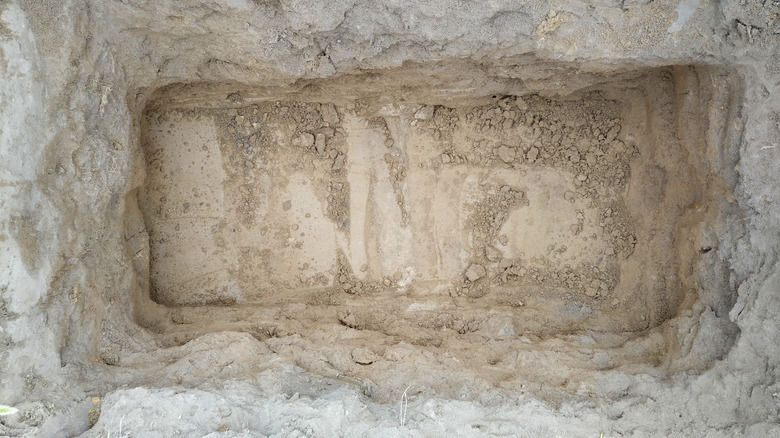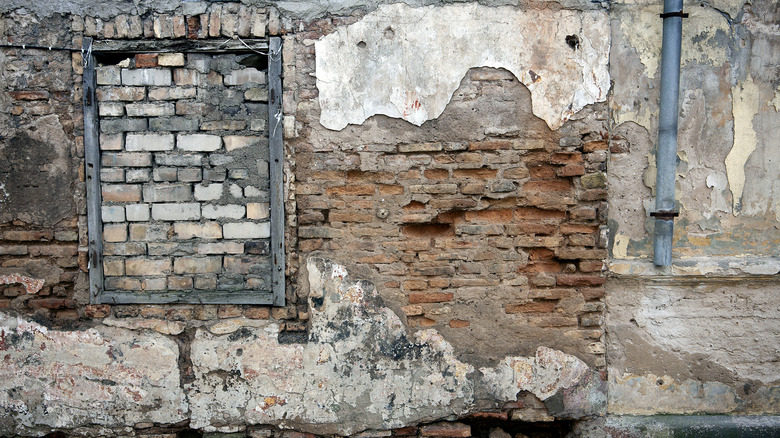Where 1900s Serial Killer Hadj Mohammed Mesfewi Stashed His Victims' Bodies
When speaking about serial killers, the names Ted Bundy, John Gacy, and Jeffrey Dahmer may immediately come to mind. Yet, in Morocco, the Marrakesh Arch-Killer is one of the most notorious killers the country has ever known. He may not be as famous as the aforementioned serial killers, but his crimes were just as brutal.
Hadj Mohammed Mesfewi was a cobbler and public letter writer in Marrakesh in the 1900s. Back then, Marrakesh was the center of trading and a hotbed for crimes. Locals and foreigners went in and out of the city, which made it a challenge for authorities to follow and keep track of the increasing number of crimes, per History of Yesterday. Mesfewi operated his shoe and letter-writing business in the area and was quite well-known as he was one of the few cobblers at the time.
In 1902, 10 women reportedly went missing from Marrakesh, and no traces of them were ever found. Authorities assumed that the women were kidnapped by traveling traders, but the incidents were never solved. Four years later, 30 more women were reported missing, and their disappearances were eventually linked to Hadj Mohammed Mesfewi.
Mesfewi's MO and accomplice
The parents of one of the missing women determined that their daughter's last known location was at Mesfewi's shop. As reported by Killer Tales, Mesfewi had an accomplice, a 70-year-old woman named Annah, who eventually led to his arrest. Upon investigation, authorities were led to Annah, who confessed after being tortured and pointed to Hadj Mohammed Mesfewi as the one responsible for the missing women.
Mesfewi eventually confessed and told the police what happened to the missing women. According to Murderpedia, Mesfewi would lure women by inviting them to dinner and giving them narcotics. While they were unconscious, Mesfewi would go through their pockets and belongings, looking for valuable items. Afterward, he would kill the women and mutilate their bodies.
Authorities searched Mesfewi's properties, where they found 36 bodies. Twenty-six of the missing women's bodies were found buried underneath Mesfewi's shop, while the other 10 were found buried on another one of his properties, per Mysteries Unsolved.
Hadj Mohammed Mesfewi's sentence
Hadj Mohammed Mesfewi was found guilty of 36 murders and was scheduled to be executed by crucifixion on May 2, 1906. His crucifixion, however, didn't push through as foreign diplomats went against it and said it was too barbarous a punishment for the 20th century, according to History of Yesterday. Yet, the alternative that was proposed wasn't any less brutal.
Mesfewi was sentenced to immurement, which is considered one of the most brutal capital punishments (via ATI). In the 20th century, the practice of immurement was still practiced, especially in the Persian Empire. Immurement entails walling a person alive. Mesfewi's sentence was carried out in the middle of the city square for the people to see. Before his immurement, he was given daily whippings from May 15 up to June 11.
Mesfewi was brought to the city square thinking it would be another day of whipping, but what met him was a hole in a wall and bricks. He was placed in the hole with some bread and water before authorities secured the bricks one by one, building a wall around Mesfewi, until he could no longer be seen, per Yabiladi. Reports say that his screams were heard for two days before he eventually stopped, signaling his death.


